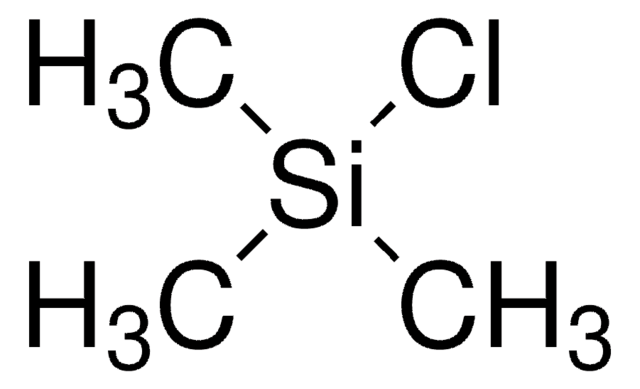94646
Poly(éthylène glycol)
BioUltra, 35,000
Synonyme(s) :
PEG
About This Item
Produits recommandés
Niveau de qualité
Gamme de produits
BioUltra
Forme
powder or crystals (or flakes)
Poids mol.
Mr ~35000
Impuretés
insoluble matter:, passes filter test
≤0.005% peroxides (as H2O2):
pH
5.5-7.0 (25 °C, 50 mg/mL in H2O)
Pf
64-66 °C
Solubilité
H2O: 50 mg/mL at 25 °C, clear, colorless
Traces d'anions
chloride (Cl-): ≤50 mg/kg
sulfate (SO42-): ≤50 mg/kg
Traces de cations
Al: ≤5 mg/kg
As: ≤0.1 mg/kg
Ba: ≤5 mg/kg
Bi: ≤5 mg/kg
Ca: ≤10 mg/kg
Cd: ≤5 mg/kg
Co: ≤5 mg/kg
Cr: ≤5 mg/kg
Cu: ≤5 mg/kg
Fe: ≤5 mg/kg
K: ≤200 mg/kg
Li: ≤5 mg/kg
Mg: ≤5 mg/kg
Mn: ≤5 mg/kg
Mo: ≤5 mg/kg
Na: ≤200 mg/kg
Ni: ≤5 mg/kg
Pb: ≤5 mg/kg
Sr: ≤5 mg/kg
Zn: ≤5 mg/kg
λ
50 mg/mL in H2O
Absorption UV
λ: 260 nm Amax: 0.12
λ: 280 nm Amax: 0.12
Chaîne SMILES
C(CO)O
InChI
1S/C2H6O2/c3-1-2-4/h3-4H,1-2H2
Clé InChI
LYCAIKOWRPUZTN-UHFFFAOYSA-N
Vous recherchez des produits similaires ? Visite Guide de comparaison des produits
Description générale
Application
- as a component of University of Wisconsin (UW) cold preservation solutions to stabilize the cell membrane of hepatocytes during temperature changes
- as a component of the supercooling solution to study supercooling preservation technique of the rat liver for transplantation and to protect against hypothermic injury
- to prepare aqueous phase for the fabrication of multicellular spheroid (MCS) cultures
Actions biochimiques/physiologiques
Code de la classe de stockage
11 - Combustible Solids
Classe de danger pour l'eau (WGK)
WGK 1
Point d'éclair (°F)
Not applicable
Point d'éclair (°C)
Not applicable
Équipement de protection individuelle
Eyeshields, Gloves, type N95 (US)
Faites votre choix parmi les versions les plus récentes :
Déjà en possession de ce produit ?
Retrouvez la documentation relative aux produits que vous avez récemment achetés dans la Bibliothèque de documents.
Les clients ont également consulté
Notre équipe de scientifiques dispose d'une expérience dans tous les secteurs de la recherche, notamment en sciences de la vie, science des matériaux, synthèse chimique, chromatographie, analyse et dans de nombreux autres domaines..
Contacter notre Service technique



